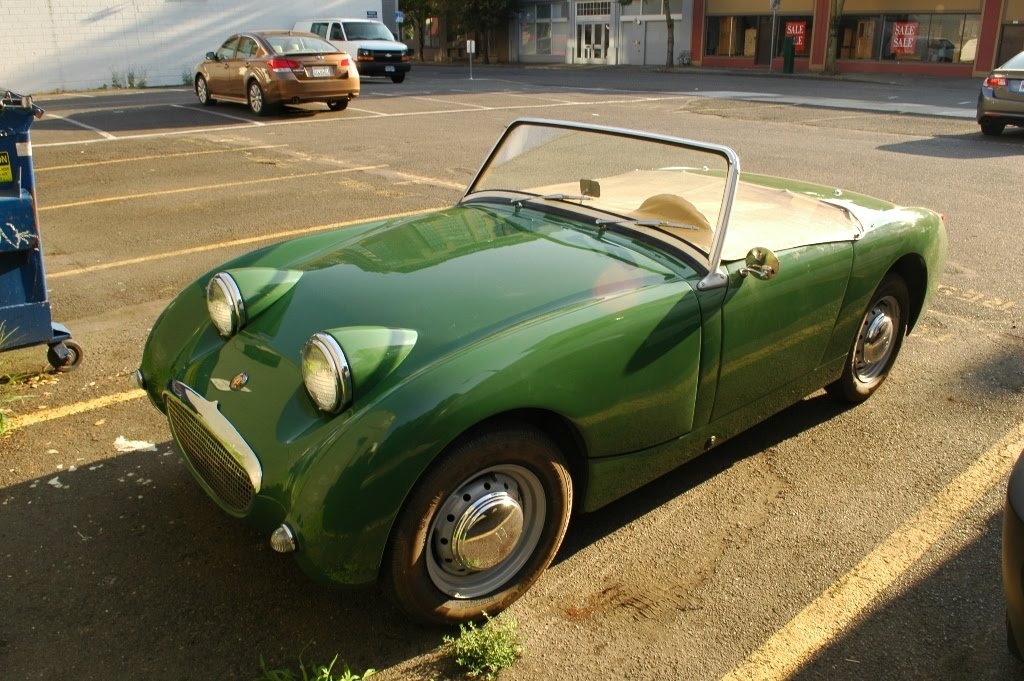
I was strolling through the Saturday Market in downtown Portland’s South Park Blocks last weekend, trying to chose between Fuji and Braeburn apples, when a gentleman walked up to me.
“I’m a long-time subscriber to SCM,” he said. “I’ve never owned a collector car, I can do some work myself and I’m ready to take the plunge. What do you recommend?”
It’s a question I’m often asked.
The answer is relatively simple, and can be arrived at with a series of sequential questions.
Narrow the Field
First: What is your budget? If your budget is $10,000, you’re looking at a different set of choices than the collector with $100,000 or $1m to spend. (Don’t discount this — I’ve had people come up to me and say, “I’d like to invest $25m in some collector cars. What do you recommend?”)
Once a budget range is established, the next question is, Do you have experience owning collector cars?
Those new to the hobby generally have no idea just how horrible old cars are compared to new cars. In fact, riding a horse might be more fun than driving a Bugeye Sprite for some newbies, as at least the horse doesn’t have an electrical system that will surely fail as soon as you are out of cell-phone range for a tow company.
Pick Your Flavor
Along with the experience question comes, What kinds of old cars do you like? This answer is revealing. For some, it is the 1967 4-4-2 their parents owned when they were in high school. For others, it’s the Suzuki Samurai they think would be a cool introduction to off-roading. Maybe you want a red 308 GTS like Magnum drove. And then there are those whose life won’t be complete until they own a Gullwing.
Your “hot button” car choice leads to the next question: Can you fit into the kind of car you are interested in?
Many Americans are rather fully-sized these days, and we’re certainly a larger waist size than car buyers of the ’50s and ’60s — especially Europeans, who were usually not only slight of build but modest in height. Think 5’6 and 130 pounds, and you have the perfect Porsche 356 owner.
You’ll need to go find an example of a car you are interested in and see if you can fit into it. Better to find out you’ll never get more than one leg into a Mercedes 190SL before you buy it than after.
So at this point, we’ve determined how much you can spend, what kind of car you are looking for, and whether you can fit in the car you are interested in.
The Final Questions
The final questions: Do you have a place to store it indoors? Do you have any mechanical talent or aptitude? And how nice a car do you want?
Answer those questions, and you’re 90% down the path to making a good decision.
The young man at Saturday Market said he wanted to spend $10,000, he liked sports cars, and he had some mechanical aptitude and a garage.
Crunching those factors through the collector car Brainiac, the answer I gave him was a 1971-74 MGB convertible. These years are more affordable than the ’67 and earlier cars, they have a better dash than the ’69-’70 models with a real glovebox, and they are still “real” MGBs, unlike the teetering rubber-bumper cars from 1975-1980.
Parts are plentiful, and there are several shops in Portland that know how to work on these cars. Further, he was about 5’11 and 160 pounds, so he’ll have no trouble fitting. And with a budget of $10,000, if he shops thoughtfully, he should be able to come up with a very nice #2 car with no immediate needs, and maybe even have a little money left over for his first brake job or tuneup.
There’s never a gaurantee with old cars, but approaching your purchase with these considerations in mind will minimize frustrations and disappointments, and put you on the path towards a rewarding collector-car experience.